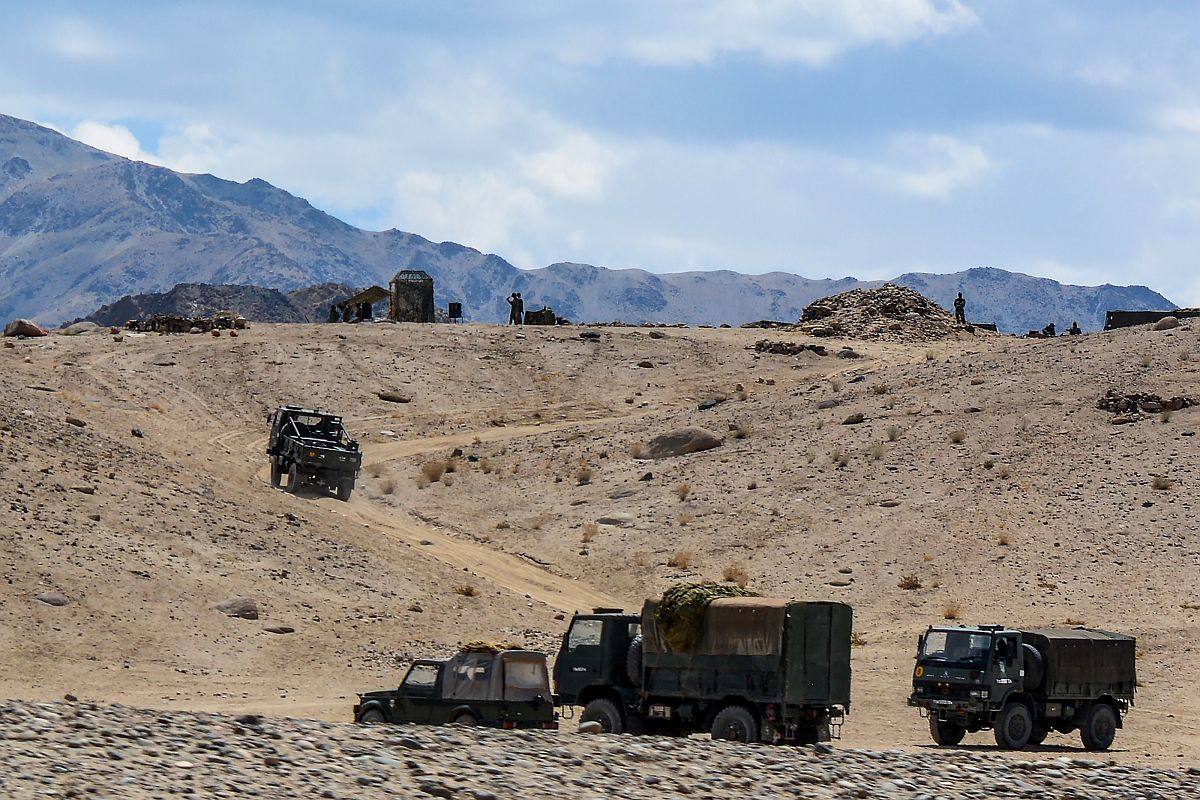Day after India and China agreed that both sides should take guidance from the consensus of the leaders that maintenance of peace and tranquillity along the Line of Actual Control (LAC) was essential for the further development of bilateral relations, the disengagement process between the two armies started at Hot Springs and Gogra in Galwan valley on Monday and is expected to be completed at both locations in few days, Indian Army sources informed.
Meanwhile, according to sources quoted by NDTV, China has withdrawn troops by 2 km in contested parts of Ladakh near the tense Galwan river valley including Hot Springs.
Advertisement
Chinese withdrawal of troops at Gogra (Patrol Point 17A) will be completed by tomorrow, according to the report.
The Chinese Army had started dismantling its structures since yesterday, said the sources quoted by news agency ANI.
They further said that under the mutual disengagement exercise, both sides will disengage and move back by 1-1.5 km from the friction points.
The two armies are likely to hold further talks after the disengagement process is completed, the sources added.
Indian soldiers have also retreated two kilometres along the Line of Actual Control (LAC) in the Galwan valley.
With the retreat from both sides, a four kilometre no-man zone has been created. “Four kilometres in the highly mountainous terrain like Galwan valley, deprives both sides to see each other’s installations and reinforcements,” sources quoted by IANS said.
The mutual agreement came after a key phone call between Chinese Foreign Minister, State Councillor and Special Representative on the Sino-Indian Boundary Issue Wang Yi and Indian National Security Advisor and Special Representative Ajit Doval on Sunday.
Both the countries noted that it was necessary to ensure at the earliest complete disengagement of the troops along the LAC and de-escalation from India-China border areas for full restoration of peace and tranquillity and also agreed that the two sides should not allow differences to become disputes.
In this regard they further agreed that both sides should complete the ongoing disengagement process along the LAC expeditiously. The two sides should also ensure a phased and stepwise de-escalation in the India-China border areas.
They re-affirmed that both sides should strictly respect and observe the LAC and should not take any unilateral action to alter the status quo and work together to avoid any incident in the future that could disturb peace and tranquillity in border areas.
It was also agreed that the two Special Representatives will continue their conversations to ensure full and enduring restoration of peace and tranquillity in the India-China border areas in accordance with the bilateral agreements and protocols.
Following the talks, a disengagement process began in three of the four friction points along the LAC in Ladakh.
According to government sources quoted by PTI, the Chinese Army had started removing tents and moving back from Patrolling Point 14 as well as the Gogra Hot Spring of the Galwan valley, in a first sign of disengagement of troops from the area.
Meanwhile, on June 3, Prime Minister Narendra Modi had visited the forward areas in Ladakh and was briefed by the Army, Air Force and the Indo-Tibetan Border Police at one of the forward locations in Nimu on the ground security situation.
The Indian and Chinese armies have been locked in a bitter standoff in multiple locations in eastern Ladakh for the last two months.
The tension escalated manifold after 20 Indian soldiers were killed in a violent clash in Galwan valley on June 15. The Chinese side also suffered casualties but it is yet to give out the details.
India and China have held several rounds of diplomatic and military talks in the last few weeks to ease tension in the region. However, there was no visible sign of end to the standoff though the two sides agreed to initiate disengagement of the forces from the region.
The unprecedented violent clash took place in Galwan valley on the night of June 15 at the LAC with Chinese People’s Liberation Army soldiers attacking a small group of Indian Army men on patrol, resulting in fatalities which included the commanding officer of the Indian Army.











